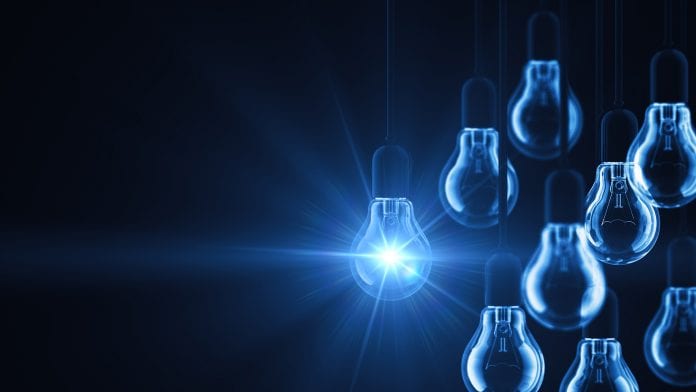
A new study has demonstrated how electrical stimulation could speed up healing by helping blood vessels carry white blood cells and oxygen to wounds.
Researchers at Ohio State University have shown that electrical stimulation may be able to help with wound healing as findings from their study indicate that it increases permeability of the blood vessel. The researchers say that this is an important characteristic that can help wound-healing substances in the blood reach injuries more efficiently.
The study, which provides new insight into how blood vessels might grow, has been published in the Royal Society of Chemistry journal Lab on a Chip.
Improving healing outcomes
Blood vessels are a vital aspect of successful wound healing as they thread throughout the body and carry nutrients, cells, and chemicals that can help control inflammation caused by an injury. Oxygen and white blood cells are two key components delivered by blood vessels.
When injured, the architecture of blood vessels at the site are disrupted, which interrupts the vessels’ ability to help the wound heal. Blood vessels regrow on their own, almost like the branches of trees, without external sources of electricity, as part of the healing process.
Shaurya Prakash, senior author of the study and associate professor of mechanical and aerospace engineering at The Ohio State University, said: “There was this speculation that blood vessels could grow better if you stimulated them electrically. And we found that the response of the cells in our blood vessel models shows significant promise towards changing the permeability of the vessels that can have positive outcomes for our ongoing work in wound healing.
“And as the blood vessels begin to grow, they replenish the skin and cells and establish a healing barrier again. But our question was: How do you make this process better and faster, and is there any benefit to doing that?”
Electricity and blood vessels
The researchers performed laboratory tests using human cells and found that stimulating blood vessels with electricity showed an increase in blood vessel permeability – a physical marker suggestive of possible new vessel growth.
Jon Song, co-author of the paper and associate professor of mechanical and aerospace engineering at Ohio State, said the results suggest that one of the primary ways blood vessels work to heal injuries is by allowing molecules and cells to move across the vessels’ walls. The findings also imply that that changes in blood vessel permeability could get the bloodborne cells to a wound site more quickly, though it did not explain the reasons why.
Song said: “And now we have better understanding for how electric stimulation can change the permeability across the vessel walls. Let’s say you have a cutaneous wound, like a paper cut, and your blood vessels are severed and that’s why you have blood leaking out. What you need is a bunch of bloodborne cells to come to that place and exit out the blood vessel to initiate the wound repair.”







